A New Neighborhood Policy
Tuesday, 01.09.2015.
15:46

A New Neighborhood Policy
The dramatically aggravated security situation in the European Union’s immediate neighborhood has created new challenges for its foreign policy in many different ways. One aspect that has been particularly affected is the European Neighborhood Policy (ENP).As such, the EU has called for another review of the ENP to enable it to adapt to the current environment just beyond its borders. We have to address the newly-emerging realities, and the EU is trying to find the most suitable way this can be done—not only for its own sake, but also for the sake of its neighboring countries. In recent months, the European Parliament has exerted considerable effort to develop more concrete proposals on what this policy change could look like.
The First ENP
The EU established its first ENP in 2003, with the aim of ensuring a stable and friendly environment beyond its borders, including creating the opportunity for closer economic integration with the EU’s internal market. The idea was for a progressive integration that included political, economic, and cultural factors that would, over time, create a commitment to common values—thus sustaining a privileged relationship with those countries bordering the EU.Shared values, such as democracy, the rule of law, and human rights, play a crucial role in the partnership with other countries. The EU considers these values to be a core element of its relations with them.
When it comes to three of the states that have signed Association Agreements with the EU—namely Ukraine, Georgia, and Moldova—especially important are the rule of law, a sound economic and political foundation, and democracy. The closer the EU is connected with a country, the more important it becomes for us to stress these principles.
To summarize the ENP’s traditional way of functioning, it consists of a set of tools that bolster countries in their commitment to democracy and market economics. Sectoral policies offer the partners a set of concrete opportunities covering a variety of different areas, including employment and social policy, trade, industrial and competition policy, agriculture and rural development, climate change, and the environment. They also include energy security, transport, research, and innovation, as well as support to health, education, culture, and youth initiatives.
Adapting to Change
However, more than 10 years on, the ENP is undergoing a number of changes and alterations in order to adapt to new challenges, but also to update and improve in terms of its core objectives. Assessments are underway to identify possible shortcomings and means of improvement.Over time, regional and multilateral cooperation initiatives have been added to alter the scope of the EU’s engagement with its neighborhood: the Eastern Partnership (May 2009), the Euro-Mediterranean Partnership (formerly known as the Barcelona Process, re-launched in July 2008), and the Black Sea Synergy (February 2008). Its biggest review so far, in 2011, stressed an even stronger focus on “deep and sustainable democracy, accompanied by inclusive economic development.”
This review coincided with the start of the Arab Spring in 2010, setting in motion a different approach, as clearly reflected in the final review. The ideas of ‘differentiation’ and ‘more for more’ evolved during the development of the new approach—details of which will be tackled later in this essay.
But more than 10 years after the formation of the ENP, we can still identify shortcomings that need to be addressed in order to make it successful.
Moreover, the European Union—which stands for freedom, peace, welfare, and democracy—is surrounded by more and more countries with less stable political systems. Some of them have conflicting stances when it comes to democracy, the rule of law, and human rights; are shaken by political and economic tumults; and are often politically immature.
Surveying the EU’s evolving neighborhood to the east and the south, one can see that the environment is increasingly less stable than it was 10 years ago, and thus an entirely different approach is required. The ENP needs to be able to respond to new needs, foster stability, and tackle new obstacles.
The EU is, therefore, in the process of reviewing its neighborhood policy. Two things are clear: firstly, a functioning ENP is a ‘must’ for the future of Europe; secondly, the ENP must be updated, as pointed out by the new Commission in 2014. A question that remains unanswered, however, is how the EU should rethink its objectives for, and interactions with, neighboring countries; another is what the new ENP’s policy for tackling common challenges should look like at the EU level.
Problems Tackled
Let us go back to the beginning. The European Commission presented a communication to the European Council and European Parliament in March 2003, coinciding with the EU’s biggest ever enlargement, which saw it accept 10 new member states. This communication marked the birth and foundation of the concept of a “Wider Europe” based on bilateral policies between the EU and each partner country.Its main aims were, first, to fundamentally increase the political, geographic, and economic weight of the EU on the European continent; second, to change the shape of the EU’s political and economic relations with other parts of the world; and, third, to give new impetus to ongoing efforts to move closer to the 385 million people living immediately beyond the EU’s external land and sea frontiers.
The communication was an important step towards ensuring that the neighborhood immediately outside the EU’s borders became a prominent and important topic on the EU’s foreign policy agenda. Opening up these permanent bilateral channels created greater understanding of the EU’s role in other countries. It also created the opportunity to see where the EU might fit into this enlarged neighborhood.
It was, and still is, important for the EU to understand its neighbors—culturally and politically—in order to truly get along, and to build a more mutually beneficial future.
Nonetheless, the ENP did not entirely bring about the required results. More than 10 years on, we can look back and see that there are some structural flaws in the ENP that need to be addressed.
And that is why the current Commission launched the review of the ENP.
High Representative for Foreign Affairs and Security Policy and Commission Vice-President Federica Mogherini, together with Commissioner for European Neighborhood Policy and Enlargement Negotiations Johannes Hahn, launched consultations on the future of the ENP in March 2015. During a joint press conference, they stated that we need to review our policy, our way of working, our partnership with the countries of our region, first of all because we feel we need to move from an approach that has been very much based on the judgment on the evaluation of the progress in our relationship to a more political dialogue, to a more political partnership, to a more cooperation-oriented approach between equal partners. In particular because as our region is in flames, both to the east and south, we have to use all the potential of our bilateral relations with partners in the region to have an effective impact on our region.
The Broader Picture
One problem that has beset the ENP from its onset right up until the present day is the fact that it was not created as an EU enlargement tool. It was created using the enlargement tools and conditionality of 2003, but it did not offer partner countries the ultimate benefit of the Union’s enlargement policy—that is to say, the prospect of accession. It has therefore been in a peculiar situation ever since, for a fundamental question remains regarding what the ENP can really offer, since it cannot offer membership—although in a limited number of cases, one could foresee a transition to the enlargement track.The use of tools resembling those related to the accession process created a false understanding among many neighboring countries as to how the ENP could benefit them. Hence, the expectations of cooperating neighboring states were not always accurate, leading to other problems, such as political disappointment and the resulting lack of will to strengthen future cooperation. It was noted in the 2011 review that “the ENP remains distinct from the enlargement process, although it does not prejudge, for European neighbors, how their relationship with the EU may develop in the future, in accordance with Treaty provisions.” This misunderstanding continues, however, to create a discrepancy between the expectations of EU accession by one side, and the ability of the other to provide accession.
The Gap
Some countries are not interested in closer cooperation without the perspective of EU membership. At the same time, engaging some others in the ENP is difficult, as they do not meet the criteria. The question is how to deal with those countries. For the moment, the ENP is directed towards those states that are interested in closer cooperation with the EU, thus creating a gap between intentions and outcomes.A question remains as to whether the EU can, and should, engage with those that show no interest, or that are simply not providing the foundations to take part in the ENP, due to structural flaws. There is a fine line between keeping the doors open for anyone and simply wasting the EU’s limited capacity.
Lack of Homogeneity
Another area that should be addressed is the lack of homogeneity in the EU’s neighborhood, which is currently problematic from the point of view of ENP policymaking. As we have seen, in recent years the EU’s neighboring countries have been shaken by political and economic turmoil, which cannot be ignored, and which has a number of important implications.First, this lack of homogeneity calls the ‘one size fits it all’ approach into question. There are currently 16 states under the umbrella of the ENP: Algeria, Armenia, Azerbaijan, Belarus, Egypt, Georgia, Israel, Jordan, Lebanon, Libya, Moldova, Morocco, Palestine, Syria, Tunisia, and Ukraine.
This large number of countries has very different political cultures, histories, and traditions. Putting them all under one umbrella program has proven unsuccessful, as different origins require different approaches. This was grasped by the Commission and the EU’s approach was changed. ‘More for more’ and ‘differentiation’ were incorporated into the program.
Differentiation is a main area of focus deriving from this lack of homogeneity. The June 2015 report by the European Parliament (EP) points out that the new ENP has to be able to better address the diversity that exists, and that tailor-made policies should be developed to suit the needs of individual partners.
It is important to note that this is stated not only to differentiate the eastern and southern partners into two categories, but also to recognize the individuality of each country participating in the ENP. This is an ambitious undertaking, and the future will show how implementation will actually work, and to what extent it is realistic.
It is, of course, important to hold on to a certain degree of conditionality. The core values of the EU will not be called into question. They will continue to form the basis of any cooperation. The EU will not, and should not, shift away from its own principles: we will not compromise on our fundamental values.
The EU is built on a strong belief in human rights, democracy, and the rule of law, and will accordingly grant more support to those countries that are willing to act in line with those principles—or are at least willing to make progress in implementing reforms and aspire to those high standards.
Secondly, a lack of homogeneity also questions whether, and to what extent, the ENP should be involved in the security affecting neighboring states, and to what extent a Common Foreign and Security Policy (CFSP) should be incorporated into the ENP of the future. The current ENP does not address such security issues.
As has been obvious in recent years, political instability and turmoil are integral features of many of the EU’s neighboring countries. Looking at the Arab Spring, the conflict between Russia and Ukraine, and the threat posed by the Islamic State to the stability and security of EU’s southern neighborhood, we can see that the EU cannot simply ignore those developments.
The EU will, of course, continue to actively support peaceful conflict resolution at all times. This includes sending experts to Common Security and Defence Policy (CSDP) missions, giving advice and helping with confidence-building programs.
Yet, as past years clearly show, engaging in such efforts is not enough. In the future, a closer interface between the ENP, the CFSP, and the CSDP will have to be established.
The ENP needs to incorporate a policy that is able to support the establishment of proper state structures equipped to deal with security issues.
Addressing New Realities
In the latest review of the ENP, the EU made a clear statement. Its existing structure will be altered to learn from previous mistakes and adapt to the new realities of ENP partners. “The EU has a vital interest in building strong partnerships with its neighbors,” Mogherini said. “Recent developments in the region have increased the challenges we all face: from economic pressures to irregular migration and security threats,” adding we need a strong policy to be able to tackle these issues. We also need to better understand the different aspirations, values and interests of our partners. This is what the review is about, if we are to have a robust political relationship between our neighbors and us.The June 2015 European Parliament report makes it very clear that the general idea of the ENP remains the same. As was stated on the occasion of its presentation, the European Parliament
believes in the continued value of the ENP’s initially stated objectives of creating an area of prosperity, stability, security, and good neighborliness, based on the common values and principles of the Union, by providing assistance and incentives for deep structural reforms in the neighboring countries, carried out under their own responsibility and agreed with them, which will allow for reinforced engagement with the EU; stresses, therefore, the need to take into account lessons learned, go back to basics and bring these objectives back to the top of the agenda.
The ENP will further support the development of democracy, the rule of law and human rights protection. It will also support the sovereignty of the countries involved. This proposed ENP tackles previously identified problems of the current system and calls for its reshaping. In order to reach those goals, however, clear, quickly implementable policies will need to be introduced. So, while still adhering to the ENP’s initial mission statement, the EU is deciding to adjust its tools in order to improve the outcomes of the policy.
While differentiation was a key principle of the 2011 review, the question now is how this can be done more efficiently; how, and which, partners should be involved, and how priorities can be optimally defined. The goal is to provide the ENP with more flexibility, so that it can react more swiftly to national and regional developments. Direct assessment on the ground is required.
Additionally, an overarching security policy is needed to address current issues in both individual neighboring countries and Europe as a whole. The ENP was not developed as a conflict-relevant tool, but this neutral stance is no longer feasible.
New realities must be addressed. Eleven of the 16 countries currently taking part in the ENP are directly affected by instability. This means that the ENP needs to include a security dimension that can address conflicts when they emerge, whilst at the same time grasping the bigger picture in order to ensure overall security. “It’s in the EU’s own interests to develop peace, stability and prosperity along its borders. The review will help us work more effectively to achieve these goals. I want to see a more equal partnership and one that brings results,” said Commissioner Hahn.
Another important feature of the new ENP will be support for new capacities for ENP countries’ border protection. This will strengthen both their territorial and political sovereignty.
In order to achieve this, the new ENP will need to include a greater number of actors in these countries. For one, we should work more closely with our neighbors’ neighbors, examining their relationships with the states bordering the EU. Those countries have a direct influence over our neighbors, and it would therefore be foolish not to bring them into the equation. Spillover effects can easily disrupt our neighborhood, thereby indirectly affecting the EU. International and regional organizations, such as the Council of Europe, the OSCE, the African Union, and the Arab League, can provide support in various areas, serving as experts on the ground in these countries.
Another important group of actors consists of civil society representatives and non-governmental organizations. Such organizations are often very familiar with the situations ‘on the ground’ and can serve as invaluable experts in matters such as human rights and democratization. The EU should, therefore, enhance its cooperation with these bodies, and look to forge closer relationships.
In conclusion, we can say that the EU’s neighborhood policy is currently witnessing the most detailed review it has ever seen. Though standing by its core values, it will be equipped with a new set of tools to meet the new challenges that have emerged in our neighborhood over the past few years.
Elmar Brok is Chair of the Foreign Affairs Committee (AFET) in the European Parliament and a Member of the European Parliament (MEP). Anne Liekenbrock serves as his advisor
This article originally appeared in the Horizons magazine published by the Center for International Relations and Sustainable Development (CIRSD)


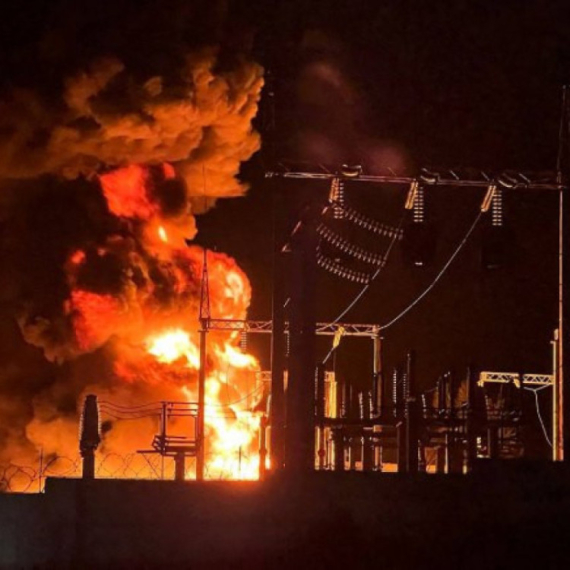










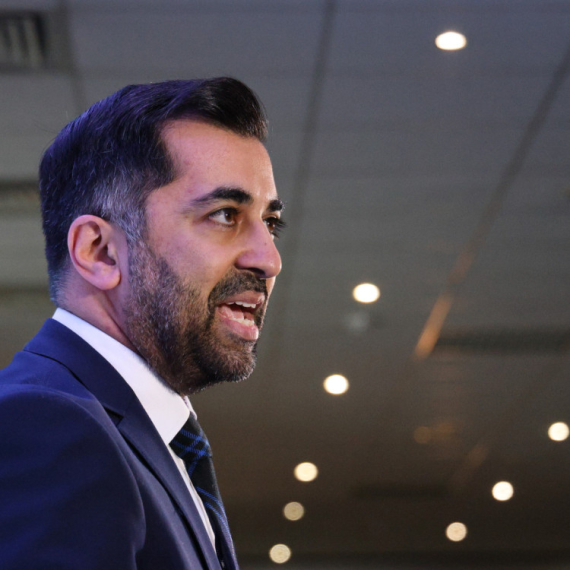

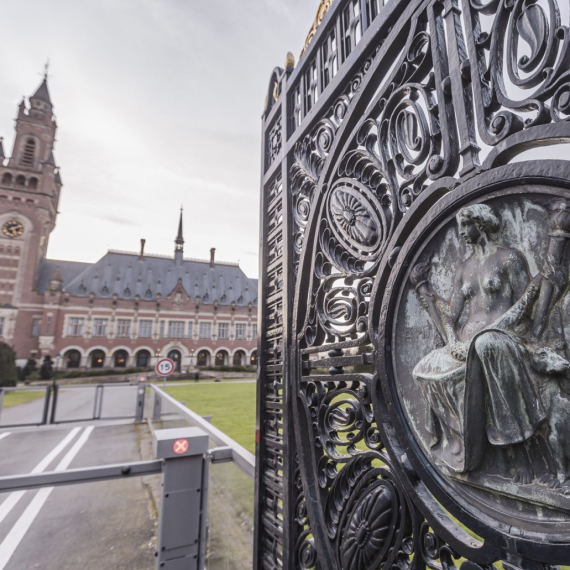

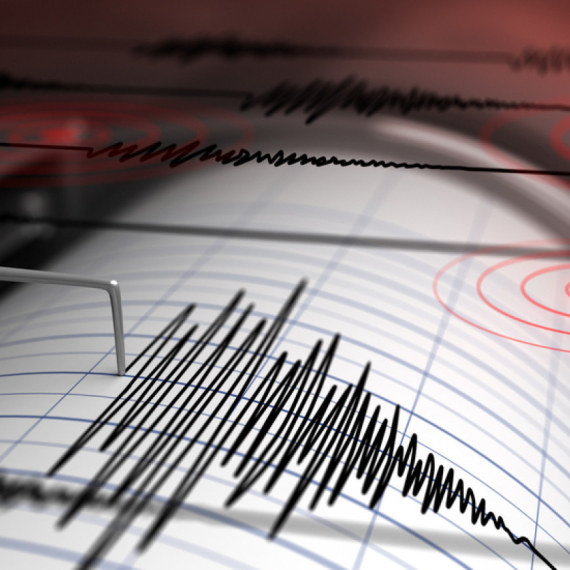




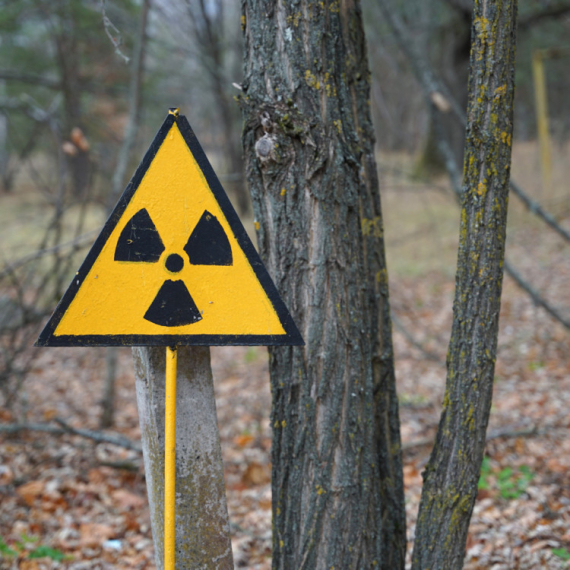







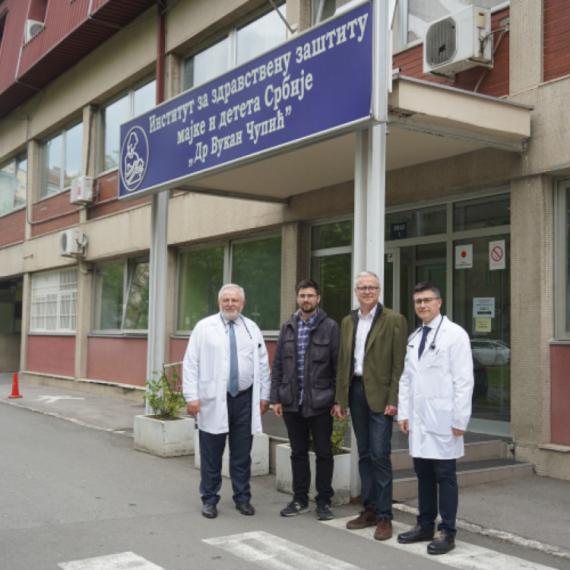


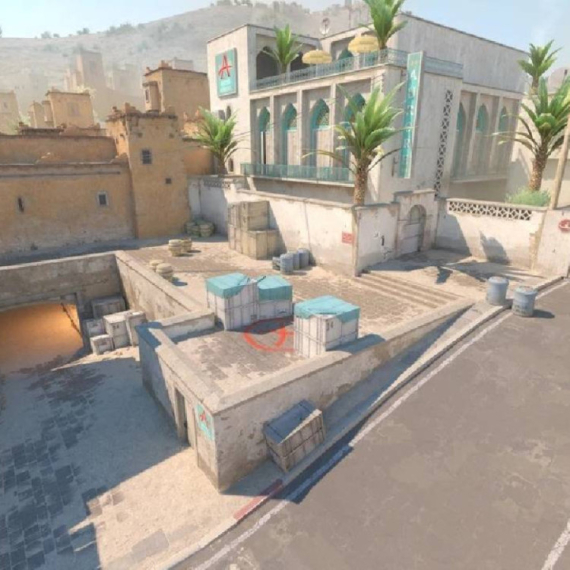












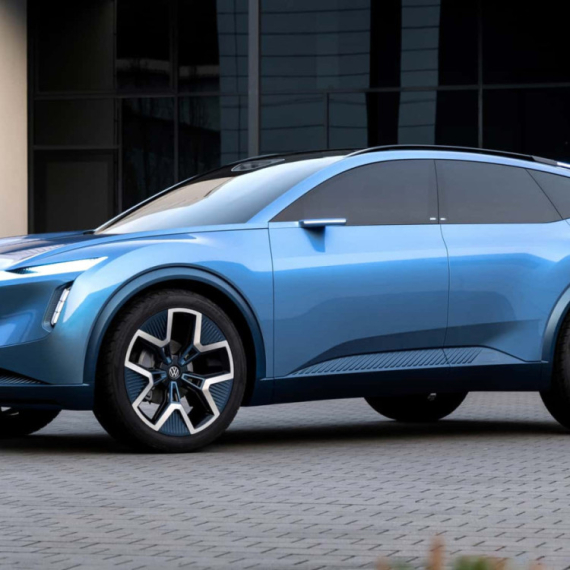



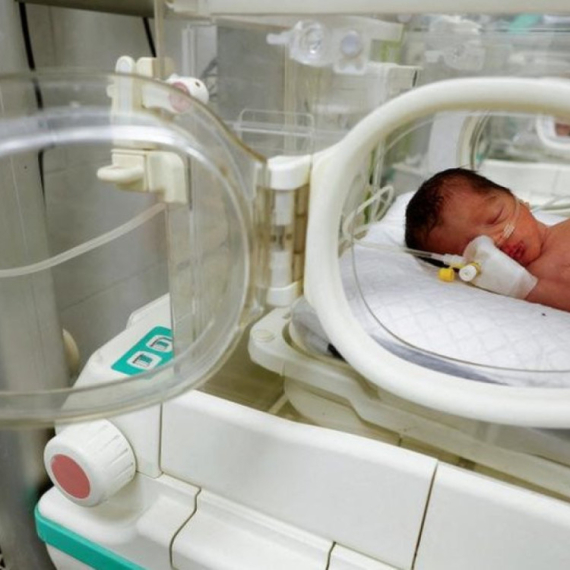

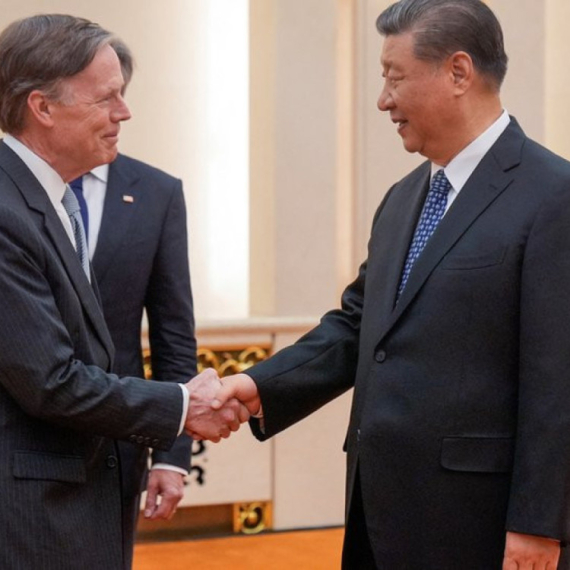

Komentari 1
Pogledaj komentare